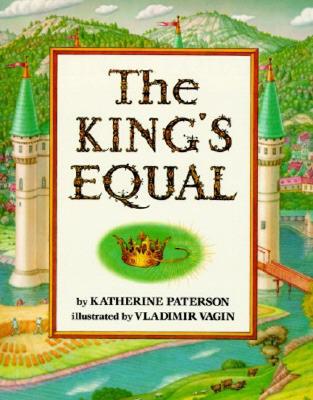Can I Play Too? by Mo Willems is fun for readers of all ages. There is a problem presented in the story, an attempted solution that doesn't work at all (kids love this page), and a happy ending.
The combination of dialogue and pictures removes all temptation for kids to copy events from the text. Instead, they need to translate what happens on the page into new words. Perfect for summarizing!
With older students, this book is a great way to introduce theme and try to weave a theme into a summary. Would it be best to put the theme at the beginning? Or at the end?
 Shortcut by Donald Crews is one book that I would not be able to teach without. I use it for so many things--personal narratives, character emotions, point of view, and summarizing. Like Can I Play Too?, the pictures carry a great deal of weight in the story. This book really shows the flatness of a summary versus a narrative as a finished summary of this book includes the main events, but carries none of the suspense and excitement of the original. This is definitely a book that you will love to have on your bookshelf.
Shortcut by Donald Crews is one book that I would not be able to teach without. I use it for so many things--personal narratives, character emotions, point of view, and summarizing. Like Can I Play Too?, the pictures carry a great deal of weight in the story. This book really shows the flatness of a summary versus a narrative as a finished summary of this book includes the main events, but carries none of the suspense and excitement of the original. This is definitely a book that you will love to have on your bookshelf. Mole and the Baby Bird by Marjorie Newman looks as if it is meant for a very young reader. However, many readers can identify with the main character's desire to keep a wild bird as a pet. This is a good book to read with students who are struggling with how to represent dialogue in a summary. How can we translate the character's words into sentences? This book is also helpful to use to review the difference between summarizing and retelling. Many students identify so closely with the events in the book that they want to include every detail in a summary. Which events can be deleted, and why?
Mole and the Baby Bird by Marjorie Newman looks as if it is meant for a very young reader. However, many readers can identify with the main character's desire to keep a wild bird as a pet. This is a good book to read with students who are struggling with how to represent dialogue in a summary. How can we translate the character's words into sentences? This book is also helpful to use to review the difference between summarizing and retelling. Many students identify so closely with the events in the book that they want to include every detail in a summary. Which events can be deleted, and why?The King's Equal by Katherine Paterson is one of the first "magic books" that I shared with groups of children. I read it aloud to campers at bedtime during one of my three summers as a camp counselor...it was the perfect length to read a chapter each night. Written like a fairy tale, this story is a perfect length for chunk summarizing, or summarizing bits of a story at a time. Try writing a summary of each chapter with students. Then, at the end of the book, look at the chunk summaries all together. Do they represent the entire book? Would it be better to rewrite a summary of the text as a whole? These questions help readers to think deeply about how a story unfolds, and how to represent these plot complications in a summary. (I wrote an entire set of activities for this book--you can find it here.)
You can find more activities for summarizing stories in this unit, Summarizing Stories, from TeachersPayTeachers. For more on summarizing, check out my book, Summarizing, Paraphrasing, and Retelling.
What books do you like to use to teach summarizing stories?
Tweet



No comments:
Post a Comment